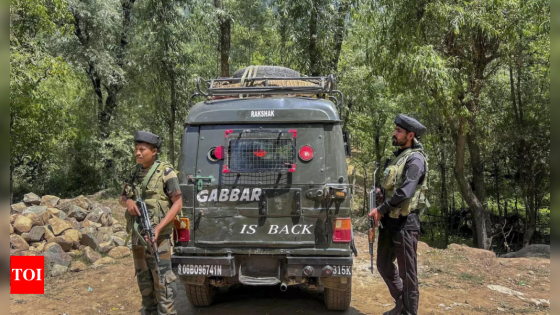“Daughter of Genghis” has been billed as a portrait of a nationalist gang leader at this year’s Hot Docs Film Festival. And while it follows Gerel Byamba, the leader of an entirely-female, ultra-nationalist Mongolian group called Gerel Khas, it is also a surprisingly poignant documentary portrait of a widow and her orphaned son trying to connect under grief. Directors Kristoffer Juel Poulsen and Christian Als (who also shot the film) follow Byamba and her son, Temuulen, for a seven-year span, capturing how sorrow can drive someone to extreme emotional states that manifest as both violence against one’s community and neglect toward those closest to you.
The doc begins with an aggressive, chaotic sequence. The first few minutes of “Daughter of Genghis” throw the audience into the throes of Gerel Khas’ “activist” work. Byamba and her comrades are shown charging into a sauna and harassing the sex workers who make a living there. They are heard over voiceover, speaking of how the Chinese are “disgusting” while calling the young, vulnerable women all kinds of slurs. Their mission, as Bymaba tells it, is to shame these sex workers so that they stop selling their bodies to Chinese men, because the Mongolian bloodline must remain “pure.” It is a furious justification for agitated harassment that Gerel Khas considers not only patriotic, but essential.
That murky dichotomy of one person’s freedom fighter being another’s terrorist lies at the heart of the first part of “Daughter of Genghis.” After all, the invasive tactics of Gerel Khas are not that different from what various police forces are seen doing in many places in the world. However, in this particular case, they carry with them the history of conflict and neighbor-to-neighbor annexation between Mongolia and China.
Poulsen and Als fix their camera on Byamba and her compatriots as they talk of this history while absolving themselves of any wrongdoing. There’s also talk of reclaiming the swastika as a symbol of freedom, citing its origins in Mongolia before the Third Reich employed it. The observational style of these sequences puts the audience in an uncomfortable position, leaving them to parse Gerel Khas’ politics on their own.
The approach changes when the documentary focuses on Byamba as an individual. The tone shifts from observational to confessional, with the camera coming nearer to the subject to intimate and revelatory results. Whether captured directly speaking or in voiceover, Byamba cracks with vulnerable emotion, leaving the determined posturing shown in her crusades behind.
As that mask is lifted, she reveals how others’ abandonment has always ruled her life. Her mother dying at a young age, her father recusing himself from his caretaker duties after that and, finally, her young husband’s untimely passing. Byamba’s father was a guard at the Chinese border; her husband died in an accident at a mine run by the Chinese. Byamba never directly connects those personal tragedies to her work with Gerel Khas. Instead, she bares her anxieties; the filmmakers refuse the opportunity to psychoanalyze her actions, letting her face tell the story.
As “Daughter of Genghis” continues, Byamba’s son, Temuulen, becomes another focal subject. The film is no longer a portrait of a nationalist agitator, but rather a story of a mother and her son. Unlike his Byamba, Temuulen, who is six years old when the film starts, knows exactly what he wants: his mother’s smart phone and all the video games on it, plus more time with his parent. In that order.
Despite always asking for her time, Byamba at first seems too occupied with her work with Gerel Khas to give her son appropriate atttention. Are the sins of the fathers repeating in another generation? The film never falls into such easy generalizations. Instead, the camera remains a sensitive observer of these two people. As the years go by, their relationship becomes the focus — not just of the film, but of Byamba herself.
“Daughter of Genghis” may begin as a sensationalist story of extreme nationalism, but Poulsen and Als trust their subject to tell her own story and expand the film beyond that premise. What they end up with is a patient portrait of how grief can become a violent fury, and how other relationships can flourish in its wake. In this sense, the documentary is a rediscovery of something most people go through, told with empathetic specificity for this particular mother and son.
Source Agencies



